max.levesque
Aluminum
- Joined
- Aug 31, 2007
- Location
- Sherbrooke
I stumbled upon an old cast iron level, got it for practically nothing, thinking I could use it as a first scraping project, to make a straight edge.
It's kind of an H-beam, with a thickness of around 4.6 millimetres, as the photos shows.
The point is not to make the best straight edge possible, but to learn scrapping, though I will be quite pleased if the straight edge turns out decent !
On the granite plate I can see it's not so flat, as I can stick a 0.002" feeler gage near the middle of the bar.
Is that a good project to learn scraping ?
It's kind of an H-beam, with a thickness of around 4.6 millimetres, as the photos shows.
The point is not to make the best straight edge possible, but to learn scrapping, though I will be quite pleased if the straight edge turns out decent !
On the granite plate I can see it's not so flat, as I can stick a 0.002" feeler gage near the middle of the bar.
Is that a good project to learn scraping ?
Attachments
Last edited:


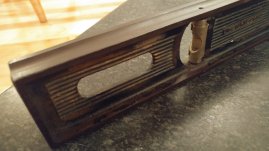
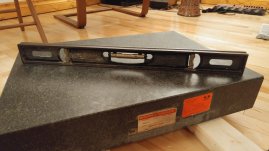
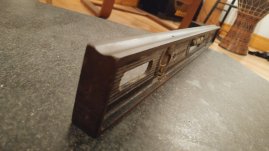


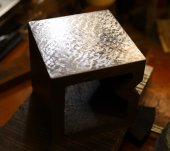
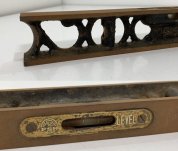
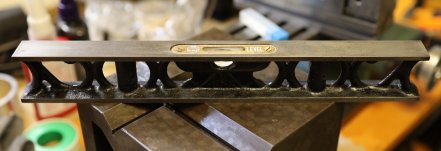
 . It will never be as stiff as a real straight edge, but it can be made straighter than it is now.
. It will never be as stiff as a real straight edge, but it can be made straighter than it is now.